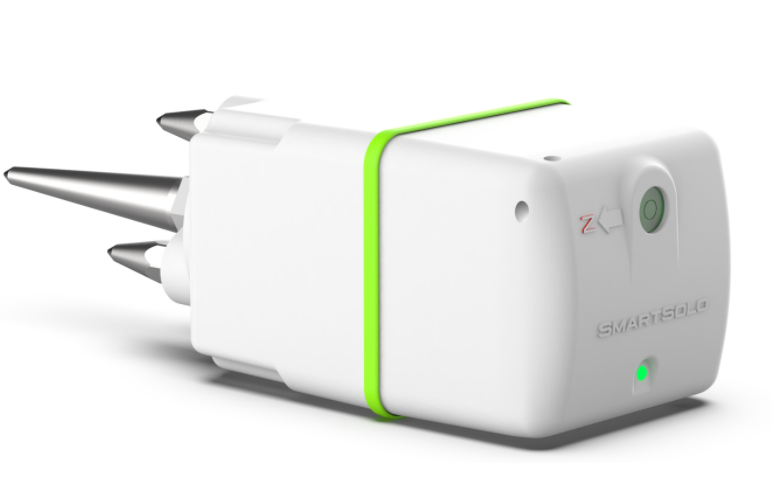From Seismic Sensors to Tsunami Warnings: How Data Saves Lives
The Earth is a dynamic and ever-changing planet, and natural disasters like earthquakes and tsunamis are constant reminders of its unpredictability. In the face of these potentially catastrophic events, technology has become a beacon of hope. Seismic sensors, in particular, play a pivotal role in detecting and predicting these disasters, offering valuable data that can save countless lives. In this article, we explore the journey from seismic sensors to tsunami warnings and how data has become our ally in the face of nature's fury.
Seismic Sensors: Guardians of the Earth's Tremors
Seismic sensors, also known as seismometers, are sophisticated instruments designed to detect and record ground motion caused by seismic waves. These waves can result from various sources, including earthquakes, volcanic eruptions, and even meteorite impacts. Here's how seismic sensors work:
Sensing Ground Motion: Seismic sensors are equipped with sensitive components that detect ground movement in multiple directions. When an earthquake occurs, the ground motion causes these components to vibrate.
Converting Motion to Data: The vibrations are converted into electrical signals, which are then amplified and recorded by the seismometer.
Data Analysis: The recorded data provides vital information about the earthquake's magnitude, location, depth, and duration. This data is transmitted to earthquake monitoring centers worldwide.
Earthquake Early Warning Systems
Seismic sensor data is the foundation of earthquake early warning systems. These systems use real-time data from sensors to issue warnings seconds to minutes before the most destructive seismic waves arrive. Key components of these systems include:
Seismic Network: A network of seismic sensors is strategically placed in earthquake-prone regions, ensuring comprehensive coverage.
Data Processing: Advanced algorithms quickly analyze incoming data to assess the earthquake's characteristics and generate alerts.
Alert Distribution: Once an alert is generated, it is distributed through various communication channels, including mobile apps, emergency broadcasts, and sirens.
Automated Responses: In some cases, automated responses can be triggered, such as stopping trains, closing gas valves, and activating building safety systems.
Tsunami Warnings: Extending the Reach of Seismic Sensors
Earthquakes at sea can trigger tsunamis, massive ocean waves that can devastate coastal areas. Seismic sensors play a critical role in detecting undersea earthquakes, which can serve as early indicators of potential tsunamis. Here's how it works:
Underwater Seismic Sensors: Seismic sensors are placed on the ocean floor to detect seismic activity beneath the sea. These sensors monitor ground movements and send data to monitoring centers.
Alert and Warning Systems: When a significant undersea earthquake occurs, the data from underwater sensors is analyzed to determine if it could generate a tsunami. If so, tsunami warning systems are activated.
Coastal Warnings: Alerts are issued to coastal communities, providing them with crucial minutes to evacuate to higher ground or take other safety measures.
Seismic sensors have become our first line of defense against the destructive power of earthquakes and tsunamis. Through continuous data collection, analysis, and rapid alert systems, these sensors save lives by providing valuable time for people to react and seek safety. As technology advances, the precision and speed of seismic sensor data will continue to improve, bolstering our resilience in the face of natural disasters and ensuring that data remains a powerful tool for saving lives.
613
0
0



Comments
All Comments (0)